Dyatlov Pass, Mystery, Nature
The Dyatlov Pass Incident
The Dyatlov Pass Incident
As a Science Fiction and Fantasy writer, I often look to real events to get inspiration for stories. Sometimes what happens in this big world of ours can be even stranger than fiction. Even with all the advances in technology there are still events, people, and places that remain a mystery to us. In the coming weeks I’m going to document some of these unexplained, almost science fiction mysteries that we struggle to understand. Some of them are serious, some of them are funny, some of them are horrific, and all of them have people up at night wondering…’what if?’ For the first incident, we travel to a remote region of Russia, where a group of friends realize the mountains hide secrets no one should find…
Think twice before hiking in the mountains…A journey that started on January 23, 1959 as a group of experienced hikers made their way towards the Ortoten Mountain in the Northern Urals turned into one of the most horrifying unexplained mysteries in Russian history. The group of hikers, nine students along with Igor Dyatlov, an experienced mountain guide, left for an adventure in the frozen wilds of Russia. None of them could ever have imaged how the trip was going to turn out.
The ten used various modes of transportation to reach the base of the mountains, including trains, vehicles, and foot, however, one member of the group, Yury Yudin, became ill and had to turn back, leaving nine hikers total. The group was all friends, students at the Ural Polytechnic Institute located in Sverdlovsk. As Yudin returned home, he never envisioned that this would be the last time he would see any of his friends, that the vacation hike that they had planned would only be partially understood by the photos and diary entries that would be found at the final, fateful campsite.
As the group pushed higher into the mountains, skiing across frozen lakes, trekking through uninhabited areas, they arrived at the Auspia River where a base camp was found with supplies deposited for a return journey, a journey that none of them would ever have the chance to make. After securing the supplies for the return trip, the group began to climb towards Otorten. Bad weather forced them off their intended path and they made a campsite on the slopes of Mount Kholat Syakhl, approximately 3,600 feet high. All the photos and diary entries indicated that all the students were in a good mood, excited for the rest of the trip to come. There was nothing to indicate that anything was wrong…
When the hikers didn’t return home, Yury and others began to worry and a search party was formed. Many things can go wrong when hiking in the mountains, even if accompanied by a professional guide. Fearing the worst, the searchers made their way up the mountain, all the time hoping that the hikers had simply gotten lost and that they would be found alive and unharmed.
When the rescuers found the camp, it became abundantly clear that this was not a rescue operation but a recovery. The tent was covered with snow, torn, and looked beaten up. All of the students belongings were in the tent, nothing had been stolen or removed, but the tent had been slashed…from the inside. A hole torn into the side of the tent large enough for the students to escape from. Footprints matching the students were found in the snow leading away from the tent.
Barefoot in underwear, one and a half kilometers from the tent, Yury Doroshenko and Georgy Krivonischenko were found. The bodies were found under a pine tree on the forests edge with burnt hands and charred remains of what appeared to have been a fire. Further in the forest, Dyatlov was found, clutching a branch. Nearer the tent, the bodies of Rustem Slobodin and Zina Kolmogrova were found. Both appeared to have been trying to crawl towards the tent. Slobodin was found with a fractured skull but the cause of death for all was listed at hypothermia as the temperatures had sunk to negative twenty two degrees Fahrenheit.
It would be another two agonizing months for friends and loved ones before the other four skiers were found, bodies buried under almost four meters of snow in a ravine that was about 75 meters away from where the first bodies were found. The deaths of the final four, Nicolas Thibeaux-Brignolle, Alexander Kolevatov, Ludmila Dubinina, and Alexander Zolotaryov looked even more horrific than the first bodies recovered. The skull of Thibeaux-Brignollel had been crushed while bother Dubunina and Zolotaryov had fractured and broken ribs…yet no external wounds were ever found on the bodies.
Dubnina’s body was missing an eye and part of her tongue, some of the bodies were fully clothed while others were nearly naked in some of the coldest temperatures on Earth. The group of hikers had fled their tent in such a hurry that they slashed from the inside to escape, making the tent virtually worthless if they were able to return. Even stranger, bits of clothing that they wore contained high levels of radiation. In the end, investigators deteremined the cause of death to be “a compelling unknown force.” The case investigations was closed, classified, and Dyatlov Pass was deemed a restricted zone, barring other hikers and adventures from seeking the mystery of the Ural Mountains.
What happened on the eastern shoulder of Kholat Syakhl, or Mountain of the Dead? What could have the students seen or heard or experienced that would have been so horrific that they would slash their tent and rush, some almost naked, into a Russian winter’s night? There are no shortage of theories on what has happened that night and how the hikers meet their tragic end.
Some of the facts to keep in mind before we explore the realm of speculation is the major skull damage and rib damage to some of the bodies. Dr. Boris Vozozhdenny, charged with examining the bodies, had ruled that extremely high force would be needed to cause such damage to the bodies, comparing it to the intensity of a car crash. One person had their eye and tongue removed…and the fact that nine people were compelled to rip open their tent and flee into the Russian blizzard, thirty degrees below zero, barefoot.
To add to the mystery, no external damage or injuries were found on the bodies with the skull and rib damage, high levels or radiation was found on their clothing and in the area the tent was pitched in, and another group of hikers, adventuring some fifty kilometers south of Dyatlov’s Pass reportedly saw “strange orange spheres” in the night sky coming from Kholat Syakhl. The official investigation was closed in May of 1959 and its files locked away until they were released in the late 1990’s, but even with the released files, parts of the investigation are missing.
Many people who use Occam’s Razor, the simples explanation is usually the correct one, will point to an avalanche. If the hikers were fearful the tent was about to be buried by snow they could have rushed out in a state of undress. The power of the avalanche could have caused the trauma seen in the victims, and Dubunina may have tripped while running, causing her to fall, biting off her tongue. The problem with this is the localization of the injuries. The force was enough to crush a skull but did no external damage? Ribs were broken but no other injuries? That explanation still doesn’t explain the radiation and lights seen in the sky.
Or does it? January 1959 was a pivotal time in the history of Russia. The Cold War was heating up. The United States had dropped nuclear weapons on Japan to end World War II and was squaring off against Russia for the role of the World’s superpower. What if the hikers had accidently stumbled upon a testing site? The radiation could have been from weapons detonated before or a bomb detonated further up the mountain could have triggered the avalanche. Is weapon’s testing the reason that the Russian Government kept the investigation secret for so long and why they haven’t released all the details even now?
Another theory is that the indigenous Mansi people may have attacked the group, taking their presence on the mountain as an encroachment onto their land. There was no indication of any struggle, no other footprints found, but is it possible that the Mansi people set it up that way? Could they have attacked the group and wiped out any possible trace of the attack, leaving the bodies in horrific states to scare other from coming to their land?
A more recent theory is that it was illness. Yudin had to return because of illness, could food poisoning have brought about hallucinations that caused the hikers to destroy their tent, flee to the woods, and harm each other? Perhaps it was the high levels of radiation that caused them to act in a strange manner. Both theories provide a good, solid explanation as to what set the incident off, but they lack in explaining how all the bodies were found.
A recent theory that has just came out proposes that a Russian Yeti, a bigfoot like creature, lives in the Ural Mountains and the hikers had gotten too close to his home. A researcher and camera crew visited the area in the Ural’s where the bodies were found for a documentary that appeared on the Discovery Channel in 2014. They speculated that the Yeti would have the strength to cause the damage seen in the bodies and would be terrifying enough to cause people to rush out of the tent in thirty below weather, barefoot, during a Russian Blizzard.
While Bigfoot theory is interesting, and there have been many people over the years who’ve claimed to see Bigfoot or evidence of him, the evidence is not strong enough for a Russian Yeti in this instance. The theory goes that the Yeti killed the hikers and ate one of the tongues. Animals aren’t normally known to kill something to eat yet leave it out in the open for other animals to take. The Yeti didn’t gorge itself on a fresh warm meal nor did it transport the bodies for safekeeping. No footprints that would match a Yeti were found in the official investigation. The Yeti seems to be clean in this case.
One of the first theories to come out, and one that has had the most traction over the years is UFO and alien abduction. Throughout history, mutilations of every kind have been attributed to other worldly creatures, and this incident could be another clue to the fact that we are not alone in this universe…or on this planet. The UFO theory fits most of the parts, the lights seen in the sky, the radiation, people fleeing their tents in terror, and the state of the bodies when they were found.
This area of Russia has seen periods of increased claimed UFO activity, lights in the sky, and strange happenings. There has never been a scientific expedition to see if there is a natural reason for the lights in the sky or if something else is going on in the Ural Mountains. Aliens could have abducted the hikers, taken them, and returned them away from the campsite. In weather that cold, the human body cannot survive very long before extreme hypothermia sets in.
Whatever happened to those student hikers on that frigid winter’s night in the Ural Mountains, we’ll likely never know. It will remain a mystery that will haunt the dreams of those who study it. The tragedy for all the family and friends of those who lost loved ones on that mountain is only compounded by the fact that no real answer, no real closure, has been given as to what happened to those poor souls that were hiking in the mountains in 1959. No single explanation answers every question, no theory can handle all the gruesome details. As science leads us into new frontiers, explaining more and more, some things cannot find an explanation. They remain mysteries, causing speculation and wonder, acting as inspiration for those who entertain the imaginations of others with stories about what is beyond our grasp.
To see how real-life stories like this and others have influenced my science-fiction writing, please head over to www.leifericksonwriting.com and pick up my books today!
References: Osadchuk, Svetlana (February 19, 2008). “Mysterious Death of 9 Skiers Still Unresolved” St. Petersburg Times
Dunning, Brian. “Mystery at Dyatlov Pass” Skeptoid.
“Dyatlov Pass – Some Answers” Curious World. Curious Britannia LTD.

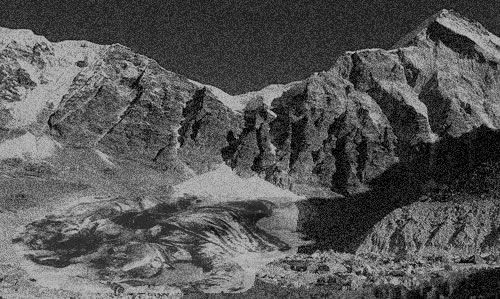

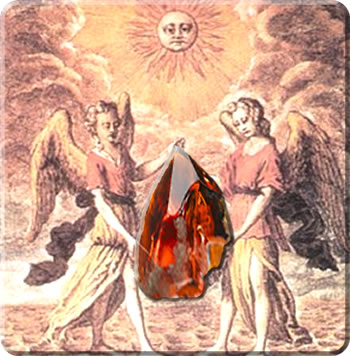






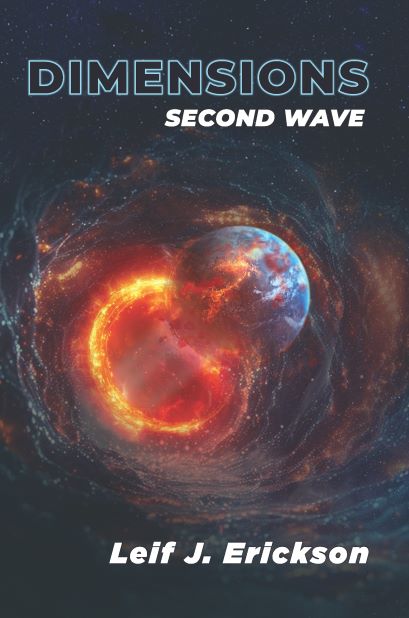
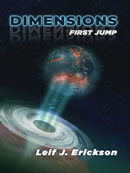
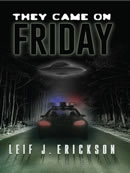

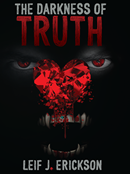
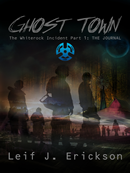
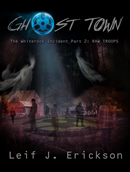

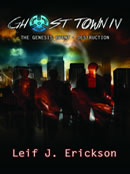

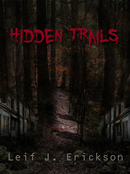






Leave a reply
You must be logged in to post a comment.